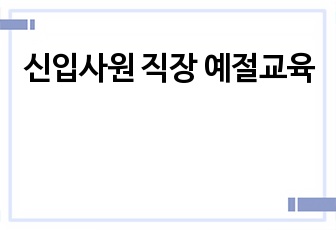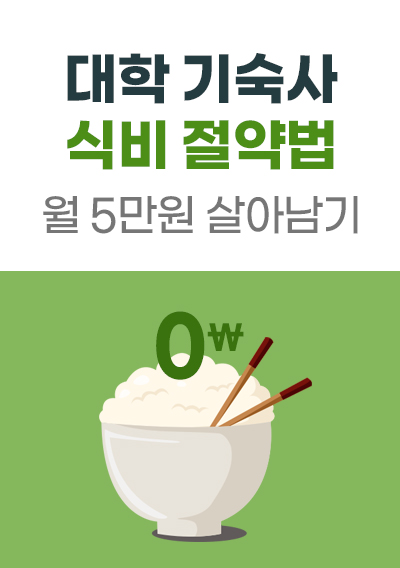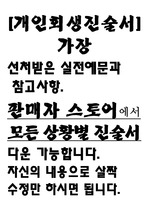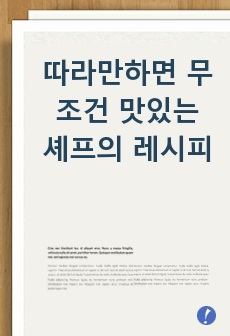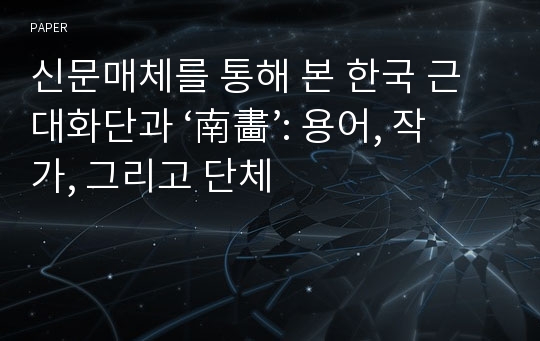신문매체를 통해 본 한국 근대화단과 ‘南畵’: 용어, 작가, 그리고 단체
* 본 문서는 배포용으로 복사 및 편집이 불가합니다.
서지정보
ㆍ발행기관 : 한국미술연구소
ㆍ수록지정보 : 美術史論壇 / 38권
ㆍ저자명 : 황빛나
ㆍ저자명 : 황빛나
영어 초록
Nanga(or Namhwa in Korean, meaning “Southern Painting”) is a school of Japanese painting which flourished during the Edo Period(1603-1868) but was only introduced to Korea in the 1920s. Nanga had also been referred to by another older term, Nanshuga(Namjonghwa in Korean or Nanzonghua in Chinese) until the 1890s when the Nanga Restoration Movement, formed as part of the Japan’s “Prevail Asia Policy” during the Taisho Period, exerted its influence across Japan and beyond. In this study the main discussion is focused on how Nanga, whose name and concept were only established in the 20th century, was introduced to Korea on the basis of news and articles about Nanga artists and their communities published by contemporary newspapers including The Gyeongseong Ilbo (The Keijo Nippo) in particular. It was in 1915 that the paper began to carry news about the new school of art, to be followed by other daily newspapers including The Chosun Ilbo and The Dong-A Ilbo, in which the first articles related with Nanga appeared in 1923. The earliest use of the term is related with articles written to introduce Korean art lovers to traditional Japanese paintings, the Korean Art Exhibition(朝鮮美術展覽會), which had only just been launched, and Japanese artists who crossed the sea to Korea to participate in the art fair as judges. Then, in the 1920s, Korean art students began studying Nanga and art schools, including the Korean Nanga Academy(朝鮮南畵院), which attracted not only Japanese artists settled in Korea but also Koreans who were interested in politics and business as well as art, came into being. The success of the Korean Art Exhibition led newspapers to produce a flood of art criticism resulting in in-depth discussions of Nanga artists and their works. The paintings were produced between the later 1930s and the 1940s under the slogan “paintbrushes for patriotism” and led to the establishment of organizations that supported Japanese colonialism, such as the Nanga Federation and the Daedong Southern Painting Society, in Japan, Korea, Manchurian and Taiwan. According to the newspaper articles, these organizations were launched with the aim of promoting patriotism among the public and contributing to Japanese victory in the wars it waged in that period, and invited participation by amateurs as well as professional artists. Interestingly, the Japanese imperialists who caused the Pacific War(1937-1945) were interested in the educational usefulness of Nanga, and adopted the traditional painting of the Four Noble Creatures and calligraphy, which had been regarded as obsolete elements of art, as important elements of Nanga.참고 자료
없음태그
"美術史論壇"의 다른 논문
 夫餘의 얼굴: 둥퇀-마오얼산 출토의 金銅 面具와 그 外延32페이지
夫餘의 얼굴: 둥퇀-마오얼산 출토의 金銅 面具와 그 外延32페이지 統一新羅 佛敎彫刻과 唐代 畵風: 甘山寺 阿彌陀佛立像과 彌勒菩薩立像을 中心으로27페이지
統一新羅 佛敎彫刻과 唐代 畵風: 甘山寺 阿彌陀佛立像과 彌勒菩薩立像을 中心으로27페이지 조선 17세기 전반의 ‘假畵龍樽’25페이지
조선 17세기 전반의 ‘假畵龍樽’25페이지 조선미술전람회 공예부의 개설 과정에 대한 고찰: 전람회를 통한 근대 공예 개념의 형성과 확산31페이지
조선미술전람회 공예부의 개설 과정에 대한 고찰: 전람회를 통한 근대 공예 개념의 형성과 확산31페이지 팝아트를 중심으로 본 복제의 미학29페이지
팝아트를 중심으로 본 복제의 미학29페이지 고희동의 신미술운동과 창작세계30페이지
고희동의 신미술운동과 창작세계30페이지 『東京朝日新聞』에 연재한 오카모토 잇페이(岡本一平)의 <朝鮮漫画行>(1927): 신문 만화에 그려진..15페이지
『東京朝日新聞』에 연재한 오카모토 잇페이(岡本一平)의 <朝鮮漫画行>(1927): 신문 만화에 그려진..15페이지 東京朝日新聞連載の岡本一平「朝鮮漫画行」(1927年): 新聞漫画に描かれた日本統治下の韓国10페이지
東京朝日新聞連載の岡本一平「朝鮮漫画行」(1927年): 新聞漫画に描かれた日本統治下の韓国10페이지 미스 조선, 근대기 미인대회와 미인 이미지26페이지
미스 조선, 근대기 미인대회와 미인 이미지26페이지 소에지마 미치마사(副島道正) 사장 시기 『京城日報』 미술 관련 기사의 양상25페이지
소에지마 미치마사(副島道正) 사장 시기 『京城日報』 미술 관련 기사의 양상25페이지










